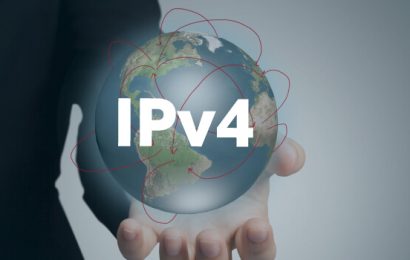Because plastic pollutes our oceans, landfills, and even our air, we need to find methods to consume less of it. The best place to start is by speaking with the source directly. The management of plastic trash is already being impacted by the manufacture of goods, notably in the field of packaging. If we want to minimize the massive amount of plastic rubbish that currently blights our planet, we must always do more to prevent waste. The industrial sector might cut waste from plastic packaging and containers by following these straightforward tips.
Why is this problem so important? It is essential because a significant portion of municipal solid trash is made up of this specific sort of plastic debris. In 2018, the plastic container sector alone generated an estimated 14.5 million tons of trash. Packaging trash is defined by the Environmental Protection Agency as goods that are intended to be thrown away right away once their contents have been used. These products can be divided into three groups: soft plastic transport containers, polyethylene terephthalate water bottles, and soft plastic food packaging.
According to certain surveys, the volume of packing and shipping goods used recently to protect the contents of shipments has expanded quickly. The growth of online shopping and expanded food delivery services may be to blame for this. According to study published in 2021, Amazon’s production of plastic packaging waste grew by 29% during the COVID-19 pandemic, contrary to estimates made in 2019.
If something is not done soon, food distribution waste will continue to increase in relation to the world’s population. Soft plastic packaging that is recyclable is widely used in this business. About 50% of food packaging and 41% of all packaging are made up of these multi-material items, also referred to as “film” or “flexible packaging,” which are intended to keep bacteria and moisture out.
What packaging alterations can be done to cut down on waste? First and foremost, businesses must make every effort to handle their plastic waste more effectively. One strategy is to set up a strict program to manage trash through recycling, reuse, and reduction. Making products that are environmentally friendly is another choice.
Materials that are recyclable, such as glass, paper, and cardboard, may not be as cost-effective despite being easier to produce. With the help of contemporary advancements, it is now possible to retain food-safe packaging while generating less waste and energy. Thermal sealing can be substituted with ultrasonic sealing. When combined with paper products, this technique can assist businesses in achieving their sustainability goals by producing finished products that are more environmentally friendly.
There is, regrettably, no simple answer for the pollution brought on by plastic garbage. We need to cooperate collectively to undo the damage that has already been done. However, a change can be seen straight away by focusing on updating packaging at the point of manufacture and adopting cutting-edge production methods.
See the infographic below for more ideas on how to minimize waste from plastic packaging.







